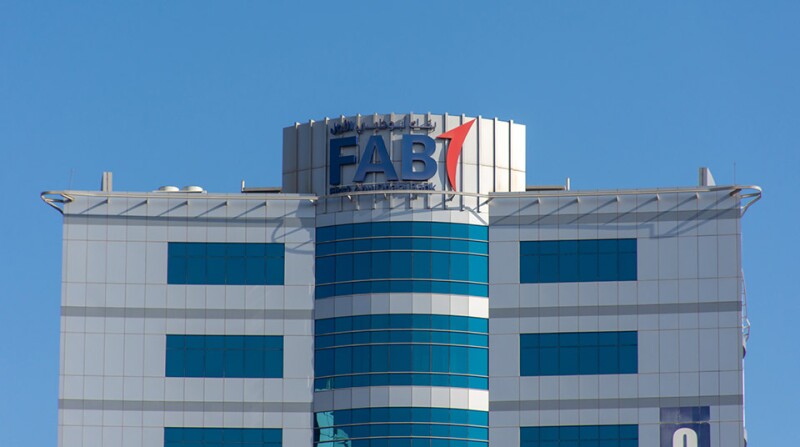
The news that First Abu Dhabi Bank is returning to the idea of a tilt at Standard Chartered tells us two things. One, that the dynamics of valuations versus business scale are very much in favour of the UAE-based bank. And two, that they must have got comfortable with an extremely vexing challenge: regulatory approvals.
As Euromoney wrote on January 9, the idea of a takeover made a lot of sense from FAB’s perspective. Under various different chief executives during its National Bank of Abu Dhabi days, most obviously ex-StanChart man Alex Thursby, it articulated a strategy to be an emerging markets powerhouse, and Standard Chartered would deliver that vision at a stroke.
(FAB was created from the merger of NBAD and First Gulf Bank in 2017.)
But it is the totally different valuations of the two banks that makes a takeover by FAB of a bank with twice its loan and deposits base feasible. FAB trades at twice tangible book value, StanChart at half.
StanChart is, by any estimation, a bigger enterprise in terms of its business scope, but its market cap is $26.6 billion. FAB’s is now $43 billion.
And, while StanChart’s accounting currency is the dollar, it is headquartered in the UK and its listing on London is of course constituted in sterling, while FAB accounts in the dirham, which is linked to the dollar. While the pound is in better shape than it was, today it buys $1.21; in 2014 it bought $1.71.
FAB’s dirhams correspondingly buy a lot more pounds than they used to.
All-cash bid
Add that to the strength of FAB’s balance sheet and backers – they include Mubadala, the sovereign wealth fund, as well as Abu Dhabi’s royal family – and you get a rumoured all-cash bid of between $30 billion and $35 billion, according to Bloomberg.
It is a lot easier to call on backing from the state when your chairman, Sheikh Tahnoon Bin Zayed Al Nahyan, is a royal himself.
But all these things were known when FAB first took a look at StanChart and elected not to bid. So, what has changed?
Could FAB have received assurances from key markets that make this deal achievable?
It was widely assumed in January that FAB had been put off by the prospect of navigating the regulatory approvals involved in taking over a bank with operations in 59 countries and territories. Could FAB have received assurances from key markets that make this deal achievable?
How about the attitude of StanChart’s biggest shareholder, Temasek?
The Singapore sovereign vehicle would need to be won over and, we have argued, could see such a move as being against Singapore’s best interests as a financial services hub, given how many professionals at StanChart are employed in the city state.
Have FAB been given an indication that Temasek could be brought onside? Temasek has been a loyal and sometimes long-suffering shareholder in the bank and may feel its investment will achieve its potential more compellingly under UAE ownership.
Ambition
Also in the mix is the improvement in the oil price. West Texas Intermediate crude trades at $78.38 a barrel today, from a low of $47.62 in 2021 and that extraordinary $11.26 figure in 2020. That makes it easier for the UAE to deploy capital in pursuit of its long-held ambition to diversify out of hydrocarbons, through methods including making Abu Dhabi a financial hub with a truly global bank in it.
If Bloomberg’s sources are correct in saying that a delisting and move to Abu Dhabi is part of the plan, this will be of considerable interest in Hong Kong too, where StanChart is not only listed but a note-issuing bank. It certainly wouldn’t thrill the London Stock Exchange.
There is a lot to happen before there is even a formal bid, never mind a successful one. But whatever the outcome, there has been an escalation of ambition from Gulf states in the global banking landscape.
It is one thing for the Qatar Investment Authority to take minority stakes in Barclays or Credit Suisse; a state-owned Emirati bank taking over the whole of Standard Chartered would change the picture completely.